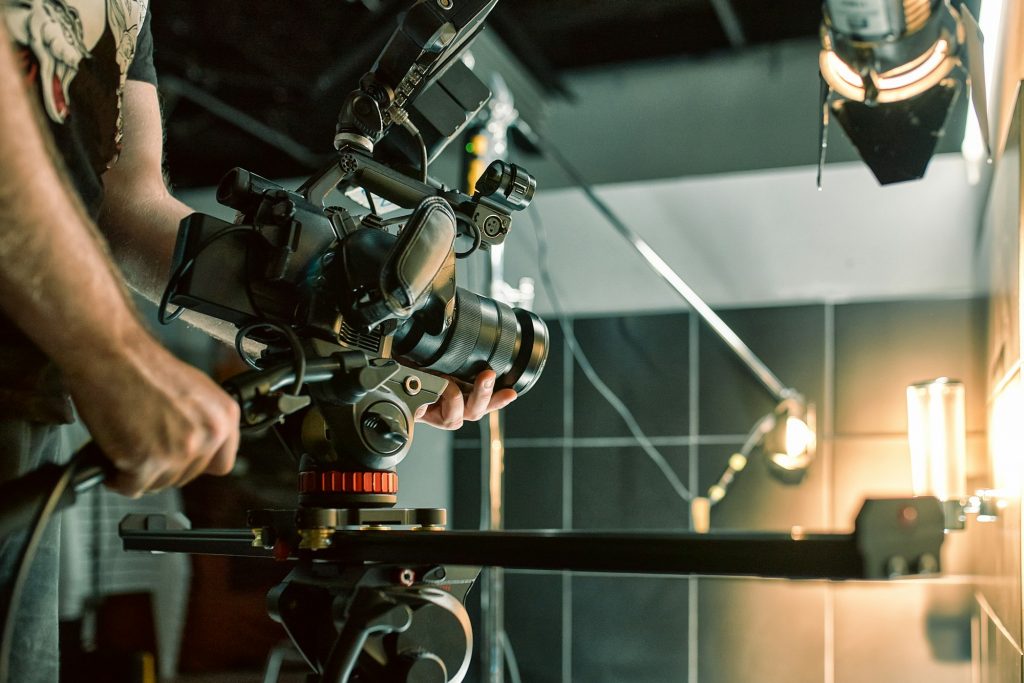In the realm of educational content creation, the pursuit of sustainability has taken a front seat, mirroring broader societal shifts toward environmental consciousness. As educators and institutions adapt to this green wave, the concept of sustainable video production emerges as a pivotal area of focus. This approach, known as green filming, seeks to minimize the environmental footprint of video production activities used in educational settings. Through innovative strategies and mindful planning, green filming not only supports ecological preservation but also promotes environmental awareness among students and stakeholders. This article delves into the essence of embracing sustainability in educational filming and explores practical techniques for green video production in schools, aiming to inspire a more eco-friendly approach to educational content creation.
Embracing Sustainability in Educational Filming
The move towards sustainable practices in educational filming is not merely a trend but a necessary shift in response to the growing concerns over environmental degradation. By integrating sustainability into their video production processes, educational institutions can lead by example, demonstrating to students the importance of eco-consciousness in all aspects of life. This commitment involves rethinking traditional production methods to align with principles that prioritize the planet’s health, such as reducing waste, conserving energy, and utilizing eco-friendly materials.
Moreover, sustainable filming practices in education serve as a powerful educational tool in themselves. They provide a hands-on learning experience for students, who can observe and participate in the making of environmentally friendly content. This not only enhances their understanding of sustainability issues but also equips them with practical skills and knowledge that they can apply in their future endeavors, whether personal or professional.
Finally, the embrace of green filming practices can significantly reduce the ecological footprint of educational institutions. From minimizing the use of paper scripts and physical sets to opting for digital editing and cloud-based sharing, these practices can lead to substantial reductions in resource use and waste production. This not only contributes to environmental preservation but also positions educational institutions as leaders in the global movement towards sustainability.
Techniques for Green Video Production in Schools
Implementing green video production in educational settings begins with planning and pre-production. Educators and students should prioritize digital scripting and storyboarding to eliminate paper waste. This phase also offers an opportunity to consider the environmental impact of the project, including location choices that require minimal travel and set designs that utilize existing resources or eco-friendly materials.
During the filming process, energy conservation is key. Using natural lighting as much as possible not only reduces electricity consumption but also offers a high-quality lighting source that can enhance the visual appeal of the video. For indoor shoots, LED lights are preferred due to their lower energy usage and longer lifespan compared to traditional lighting equipment. Additionally, encouraging the use of rechargeable batteries for cameras and other equipment can significantly decrease the environmental impact associated with disposable batteries.
Post-production offers further opportunities for green practices. Editing software and digital sharing platforms reduce the need for physical copies of videos, thereby saving paper and disc materials. Moreover, selecting eco-friendly hosting services for video storage and distribution can contribute to reducing the carbon footprint of educational content. Encouraging the school community to engage with the content digitally also supports a reduction in physical resource use, aligning with broader sustainability goals.
Sustainable video production in education represents a meaningful step towards reducing the environmental impact of educational content creation. By embracing green filming practices, educators and students can contribute to the preservation of our planet while fostering a culture of sustainability within the educational community. The techniques outlined above offer a starting point for institutions and individuals looking to implement eco-friendly practices in their video production processes. As the educational sector continues to evolve, integrating sustainability into all facets of learning and operation, including video production, will be crucial for building a more eco-conscious and responsible society.





